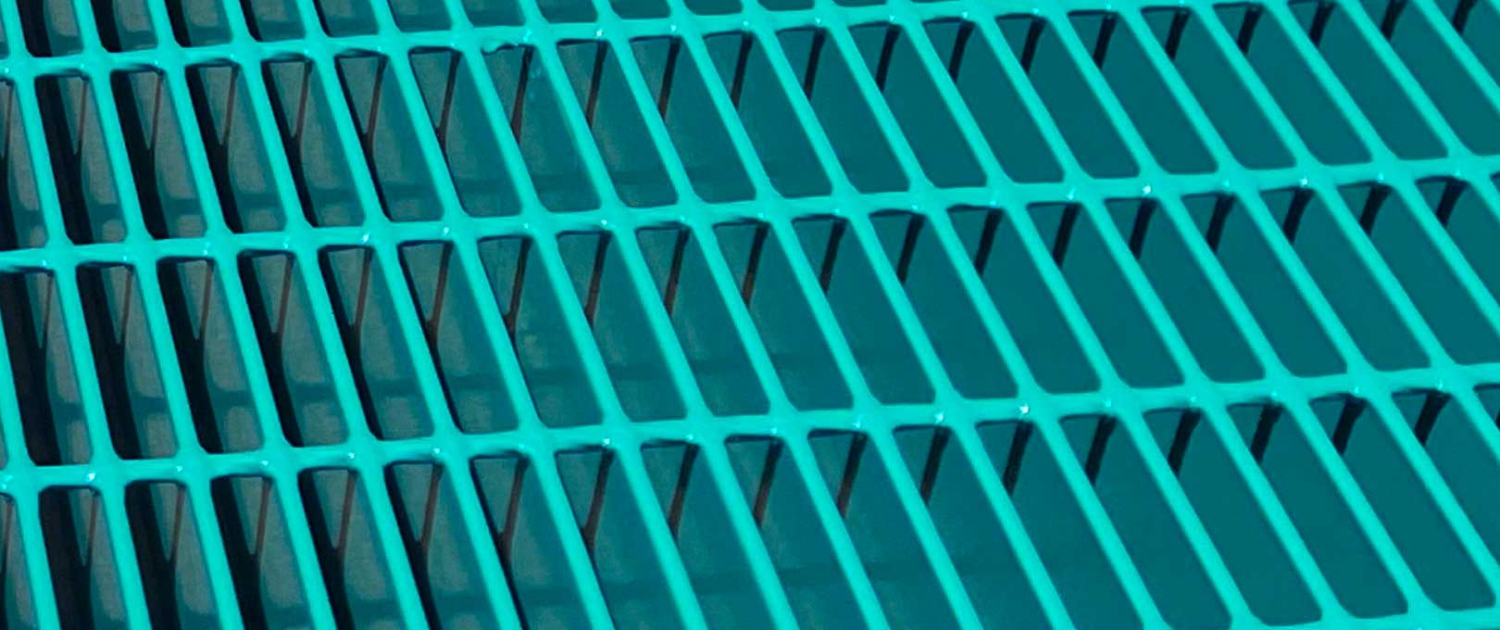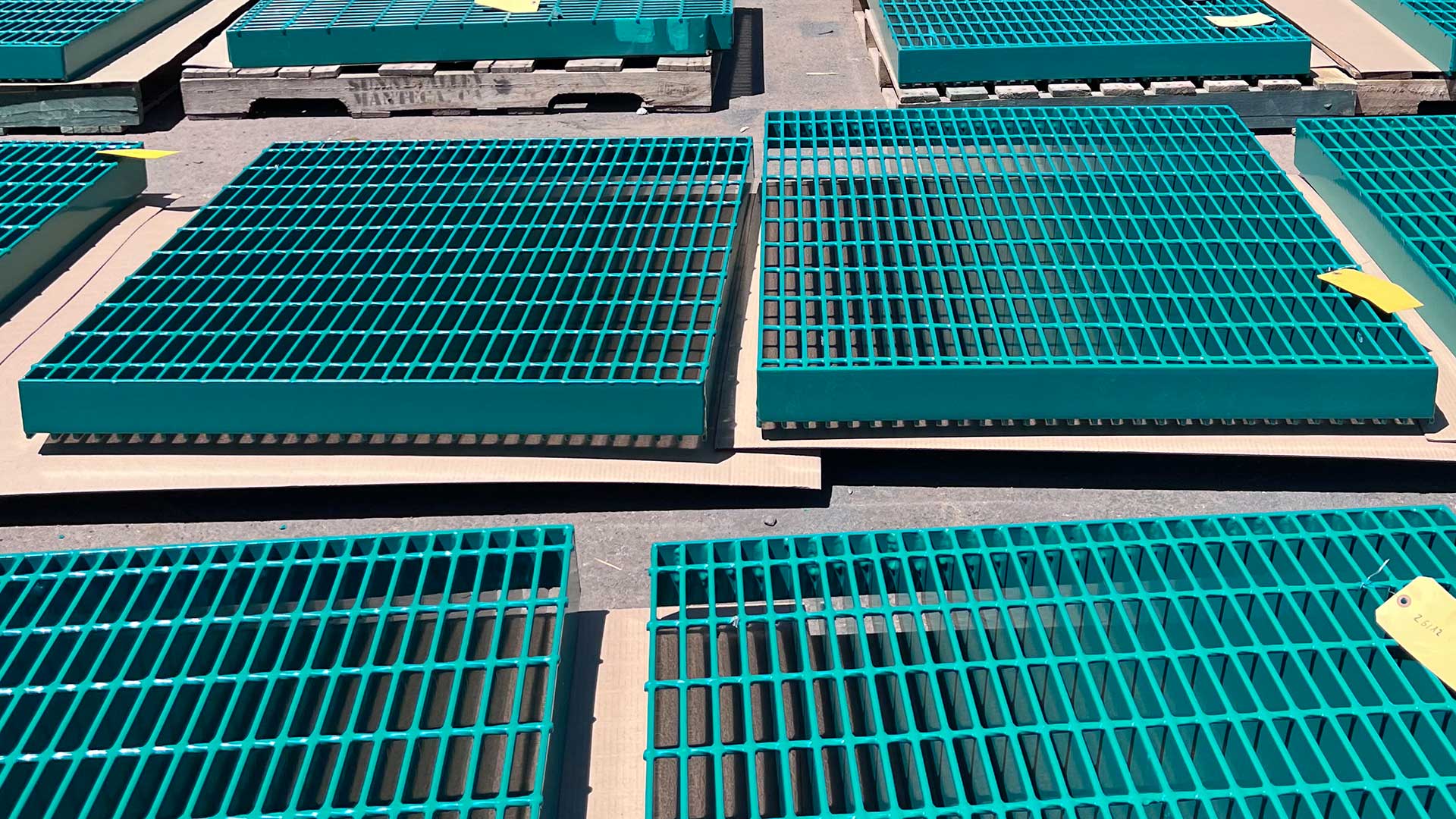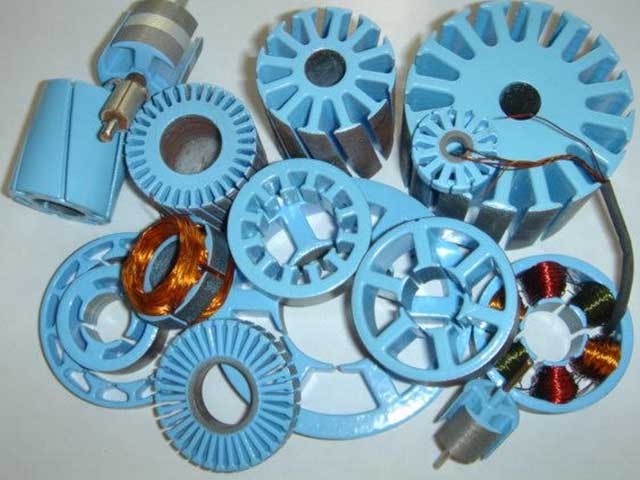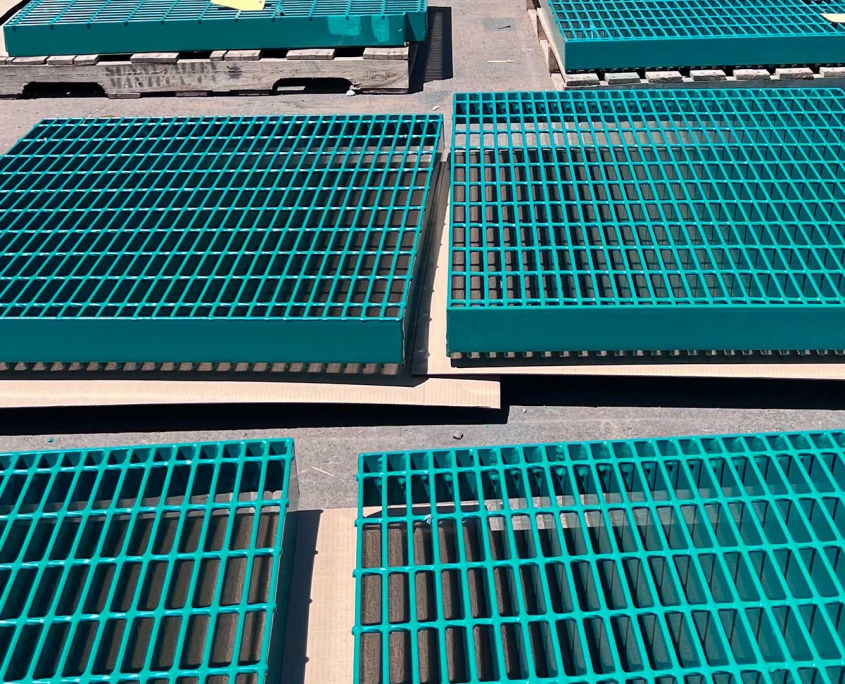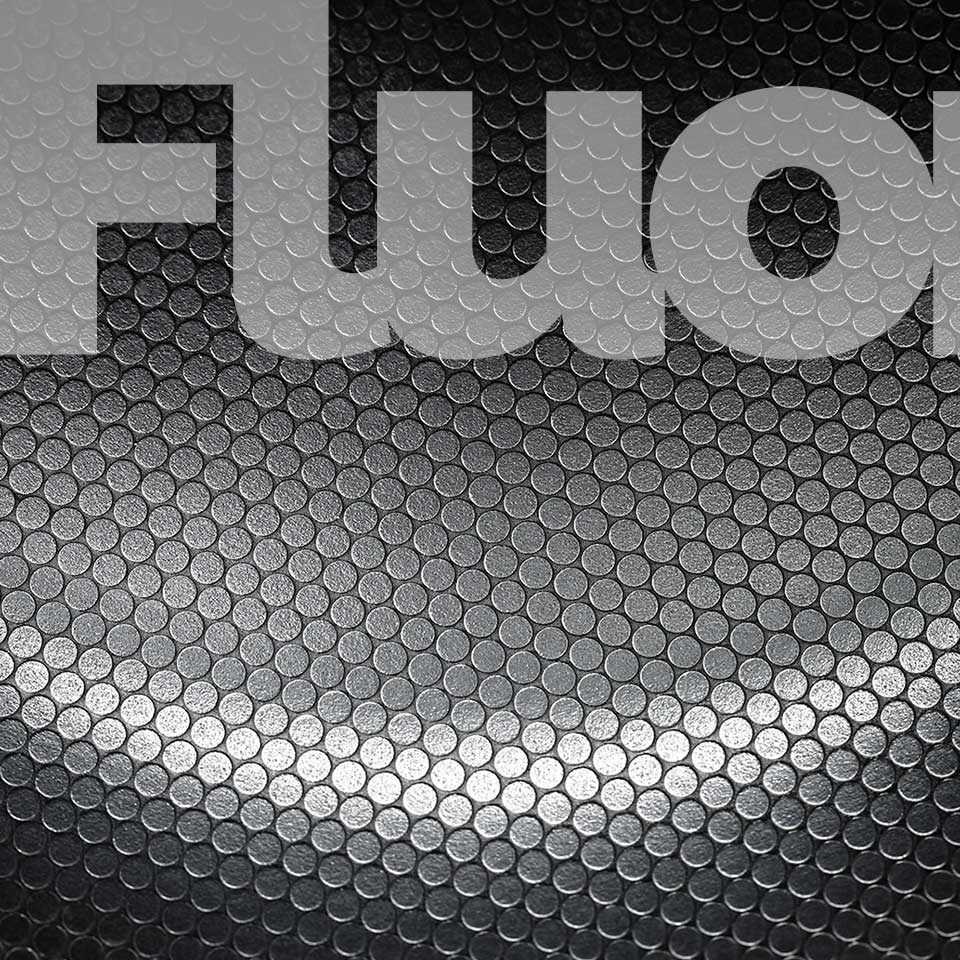Fluidized Bed Coating
Fluidized bed coating is a versatile and efficient coating process that can be used to produce a wide variety of coatings for a variety of applications. In fluidized bed coating, the particles to be coated are suspended in a stream of low-pressure air. This is done by passing air through a membrane and into a bed of coating powder This flow of air gently lifts the powder off the bottom of the bed and simultaneously mixes with the powder to create a fluid like pool.
The metal components are preheated in an oven and transported to the fluidized bed. They are quickly immersed into the bed of fluidized powder and are fusion bonded to the part. The powder quickly encapsulated the heated piece of metal and coating thickness is determined by a combination of metal temperature and time immersed in the fluidized bed. Metal parts are placed back in the oven to post cure.
In addition to fluidized bed coating, Desert Coating Solutions uses liquid dip tanks to achieve a similar process. Liquid resins are used to fill tanks. Metal parts are preheated and dipped into the tanks. Once again, both temperature and time in the tank determine the coating thickness. Parts are then post cured in the oven to solidify the coating.
Key features of fluidized bed coating and electrostatic fluidized bed coating:
- Thick, uniform coatings: Both fluidized bed coating and electrostatic fluidized bed coating can produce very thick, uniform coatings that are resistant to corrosion, wear, and other environmental factors.
- Efficient process: Both fluidized bed coating and electrostatic fluidized bed coating are efficient processes that use a relatively small amount of coating material.
- Versatile process: Both fluidized bed coating and electrostatic fluidized bed coating can be used to coat a wide variety of shapes and sizes of objects.
- Wide range of applications: Both fluidized bed coating and electrostatic fluidized bed coating can be used for a wide range of applications.

